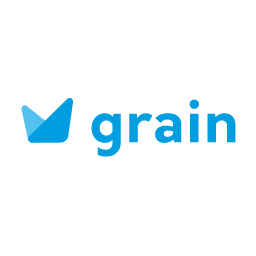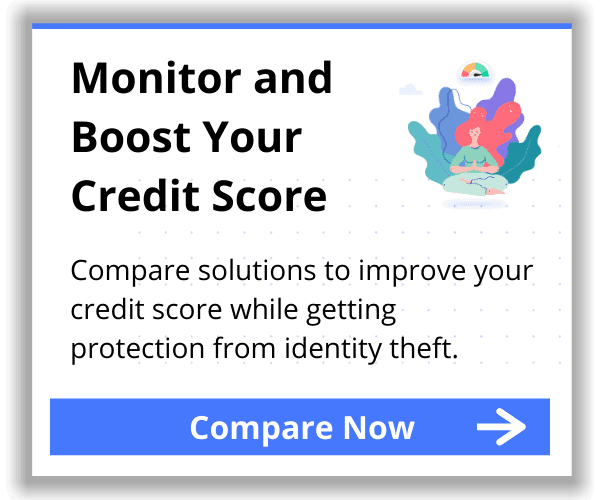Achieving your highest credit score is possible with the right tools. Taking charge of your financial health is favorable for you especially if you are planning to secure loans in order to address your immediate financial needs and improve your living standards in the form of a housing loan or a car loan. Before granting these loans, lenders will need to evaluate your financial standing first in order to decide on whether to grant you a favorable loan. You need to acquire the highest credit score in order to ensure that your loan application will not get denied.
However, many people don’t really understand how to determine if their financial status is healthy. The way to discern this is by knowing more about your credit score and a more detailed document called the credit report. Currently, however, only around 51% of millennial-aged people know about their credit score. Furthermore, only an estimated 57% of this generation took the time to obtain their credit report document.
Credit scores and credit reports may look to be the same concepts to most people. However, these two elements may yield distinct information about your past credit history.
Achieving Your Highest Credit Score
In essence, your credit score is a numerical three-digit grade. This score represents how credit-worthy you are to various financial institutions such as credit card firms, mortgage financiers, auto loan providers, and other lending entities. Other non-institutional lenders like telecommunication providers, potential landlords, and others may also opt to check your credit score to know your capacity to pay and your credit risk.
The most commonly used credit score is the FICO scoring system that is used more than other credit scoring systems such as the VantageScore. Financial institutions typically refer to the FICO score to assess your creditworthiness. The FICO scoring system can go from 300 to a value of 850, the highest credit score that you can attain in order for the loan providers to view your credit favorably. Overall, a generally solid score can range from 700 to 749. If you have a 750 or higher score, that is usually viewed as an excellent one.
Your FICO score can be broken down into five components. The score is composed of the following: payment history score (35%), amounts loaned (30%), credit history duration (15%), credit diversification (10%), and a new credit (10%).
Obtaining an estimated FICO credit score can be done by inputting certain credit information in the myFICO online free credit score estimator tool to give you a partial picture of your financial status.
Understanding Your Credit Report
Your credit report is more comprehensive. It contains all types of financial transactions that you have made in the past with financial institutions such as banks and lending firms. The report can also contain any financial legalities that happened in the past like liens, bankruptcies, and other major financial events. Compared to a credit score that just contains a single value, credit reports contain numerous information about your personal information and your financial status. First and foremost, basic data such as your name, address, social security data, and other personal information are all indicated in the report. On top of this, credit reports also have the following information: credit card and loan start date, account balances, total amounts borrowed, balances, loan limits, and your overall payment history data. Your various credit card reports can also show your lowest and your highest credit score data. These reports can also provide more details such as bankruptcy information, arrears, tax liens and other financial elements that could affect your financial health. The majority of unfavorable data in the report such as delayed payments, loan collections, special payment arrangements, and others can linger in your credit reports for around seven years. In the case of Chapter 7 bankruptcies, this record will stay for 10 years.
Three times annually, you can obtain free copies of your credit reports from the Annual Credit Report site. These three reports were generated by the three major credit reporting bureaus, namely, Equifax, Experian, and TransUnion. However, these free reports can be somewhat different due to the difference in the methods used by the three bureaus. Also, your credit scores are not indicated in these reports. A few credit card firms and banks can also allow you to have a free access to your FICO credit scores from these three bureaus.
Based on the definition above, we can now highlight the major differences between these two credit terminologies. First, credit reports can provide more insights compared to just looking at your credit score. Credit scores are just numbers that can give you an idea of your overall financial status but not what’s behind those values. Credit reports, on the other hand, can provide you a full history of your financial activities that have led to your current credit score.
Another difference is that only the credit reports are free of charge when you ask for a copy. The credit scores are much harder to obtain for free. There are only a handful of financial institutions that lets customers monitor their credit scores for free and get score estimates as well. Chase, Bank of America, and American Express are some of the known banks who are providing these free credit scores. Usually, you have to pay for a service in order to get a more updated credit score and in order to check whether you have been attaining your highest credit score.
Credit Score vs. Credit Report
Another distinct attribute of credit scores versus credit reports is that companies who may wish to hire you can only access your credit report once you allow them. They will not be able to know your credit score. For employers, having an employee with a favorable credit report data can lessen the risk of fraud and can also assure them that the candidate is a responsible one. Around 47% of firms perform credit investigations on their employees.
Furthermore, financial transaction errors and identity fraud can only be detected through credit reports. This is not possible with credit scores where you can only see the face value of your overall financial status. Since credit reports are comprehensive, you can identify fraudulent transactions and questionable data. You can use the report to coordinate with the credit bureau who produced the data in order to address the issue.
Credit scores are also fairly dynamic as compared to credit reports. You can observe this if you have a subscription to a credit monitoring service firm. Credit scores frequently change as lenders report your financial activities to the bureaus regularly. Firms who are issuing credit cards perform this reporting on a monthly basis as per your billing cycle. On the other hand, the data in your credit card reports will more or less look the same monthly depending if you are regularly paying your dues and not doing any major account activities.
You can compare the free score estimates that are being generated by the three major credit bureaus by accessing an online credit score site.










